Mad Hedge Biotech and Healthcare Letter
January 17, 2023
Fiat Lux
Featured Trade:
(COMPROMISE IS THE BEST STRATEGY)
(JNJ), (AMGN), (TAK), (VRTX), (CRSP), (EDIT), (PFE), (CRBU), (SGMO), (LLY), (AXSM)

Mad Hedge Biotech and Healthcare Letter
January 17, 2023
Fiat Lux
Featured Trade:
(COMPROMISE IS THE BEST STRATEGY)
(JNJ), (AMGN), (TAK), (VRTX), (CRSP), (EDIT), (PFE), (CRBU), (SGMO), (LLY), (AXSM)

An optimist looks at bubbles and visualizes champagne, while a pessimist’s mind goes to Alka-Seltzer. The same thing happens with investors.
Some believe that the steep losses suffered by stocks and bonds in 2022 are a much-needed “cleansing,” which would set the stage for renewed partnerships and collaborations along with high returns. Others simply view it as the first chapter in a protracted bear market.
Meanwhile, a handful believes that it’s a combination of both perspectives—especially for the biotechnology industry.
Roughly two years following the decline of biotechnology stocks, several executives from small and midsize organizations finally concede that their share prices might no longer be able to bounce back anytime soon. In fact, some have been fielding panicked calls from execs of fledgling biotech firms, offering to sell their companies at a discount.
The alteration in the medical device and biotechnology landscape only started a few months before the previous year ended.
This is because, before the change in perspective, when the SPDR S&P Biotech exchange-traded fund (XBI) had slid by about 40% from its 2021 peak, many leaders in the biotech sector still believed that their companies could regain momentum.
The primary concern for smaller biotech and medical devices companies, which allocate years to developing and testing products without any commercially approved treatment, is that the continuous decline in their valuations has made it practically impossible to generate new money to fund any of their projects.
Given this scenario, many small and midsize biotechs would go under soon, particularly those with no data strong enough to provide near-term growth catalysts.
This is where Big Pharma names are expected to come in. After all, these large-cap companies offer an alternative option with their non-dilutive sources of funding and ever-growing war chests.
Big companies, though, have been more cautious in cutting big checks for acquisitions. Despite the high expectations last year, we only saw a few massive deals, including Abiomed’s sale to Johnson & Johnson’s (JNJ) for $19 billion and Amgen’s (AMGN) $30 billion agreement with Horizon Therapeutics.
Instead, these Big Pharma companies appear to prefer partnerships and collaborations. In these deals, they give out smaller payments to biotechnology firms to work with them on specific early-stage programs.
This type of investment seems to be a safer bet for big companies because it allows them to make several deals without spending too much. They can even collaborate with competing biotechs to determine which could develop the most effective and cost-efficient solution.
Smaller biotechs benefit from this type of deal as well.
In the pre-pandemic era, the valuations of these companies quickly soared based on the potential of their pipeline candidates. Some share prices would skyrocket with just a hint of positive data. This is no longer the case these days, not only because investors have become more discerning but also more anxious over experimental programs.
So instead of getting acquired, smaller biotechs can choose to strike partnerships with large-cap companies. This is an excellent way to inject some funding into their programs and, hopefully, provide them with revenue streams, especially since Big Pharma companies know how to market new products.
It sounds challenging, but a genuinely promising program could fetch a large sum.
Perhaps the most significant indicator that not all hope is lost comes from Takeda (TAK) when it purchased an experimental treatment undergoing tests as a potential psoriasis medication.
This candidate, developed by a privately held biotechnology firm called Nimbus Therapeutics, was sold for a whopping $4 billion upfront, plus roughly $2 billion more for future milestone payments. And here’s the clincher: Takeda got the experimental drug by a razor-thin margin.
In terms of acquisitions, some larger companies have been open to that route. For instance, AstraZeneca (AZN) shelled out $1.3 billion for CiniCor Pharma, while Ipsen (IPSEY) purchased Albireo Pharma (ALBO) for $1 billion.
While the future for smaller biotechs remains uncertain, several names continue to be in conversations whenever acquisitions are discussed.
There’s Vertex Pharmaceuticals (VRTX), which has long been reported to take interest in acquiring CRISPR Therapeutics (CRSP) and Editas Medicine (EDIT), with the latter looking more attractive thanks to its cheaper price tag.
Meanwhile, Pfizer (PFE) has been shopping around for a biotech to bolster its gene-editing programs, and so far, Caribou Biosciences (CRBU) and Sangamo Therapeutics (SGMO) are under serious consideration.
With its continuing interest in central nervous system diseases, such as Alzheimer’s and Parkinson’s, Eli Lilly (LLY) has been aggressive in its search for a company to acquire. Among the strongest candidates is Axsome Therapeutics (AXSM).
With this daunting reality setting in, one thing has become absolutely sure: the biotechnology sector has become a buyer’s market for big companies with cash to spare for acquisitions and collaborations.
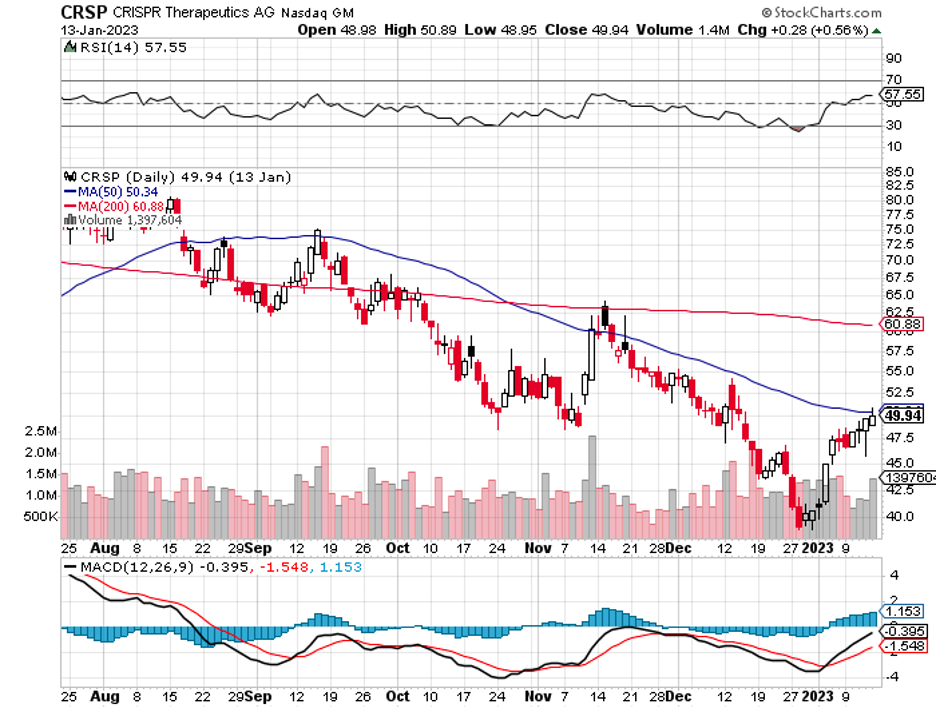
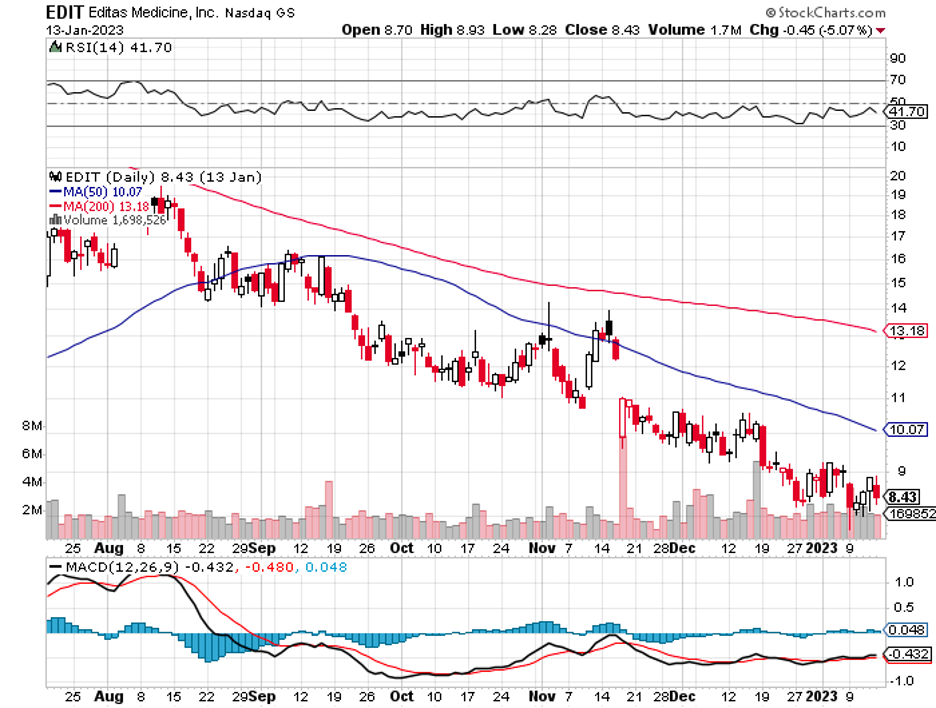
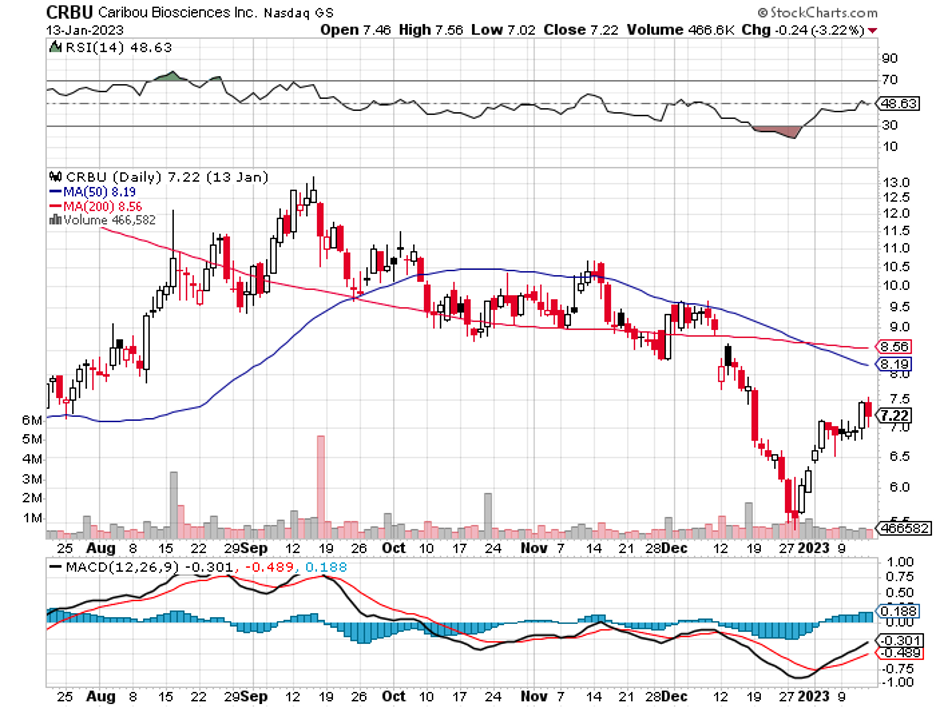
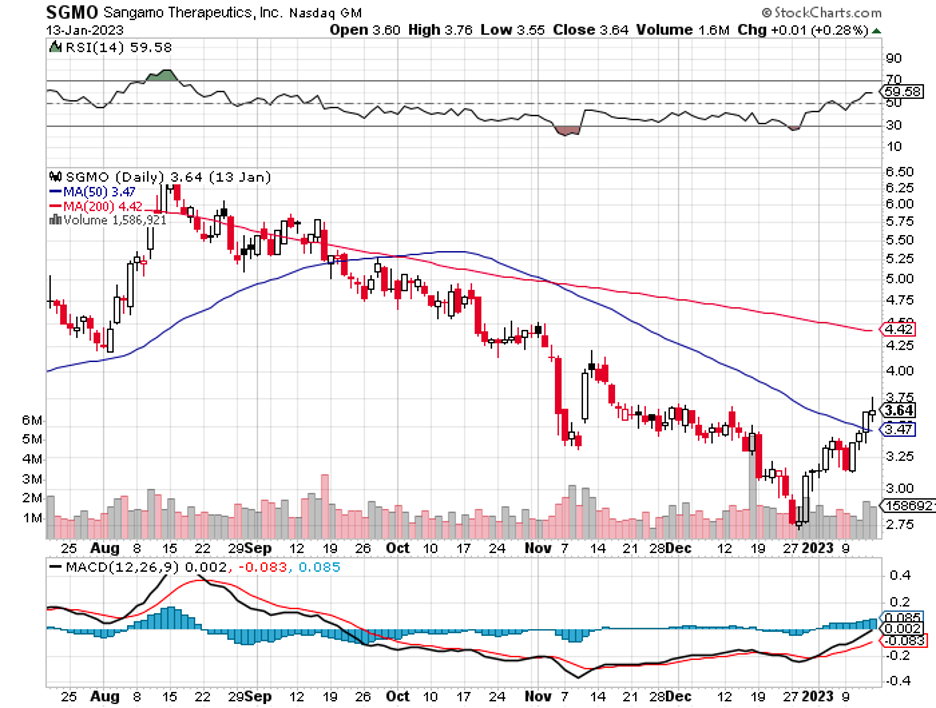

Mad Hedge Biotech and Healthcare Letter
September 22, 2022
Fiat Lux
Featured Trade:
(GOOD THINGS COME TO THOSE WHO WAIT)
(NTLA), (IONS), (TAK), (CRSP), (EDIT), (CRBU), (BEAM), (ALNY), (PFE), (REGN)

CRISPR technology has been receiving so much hype over the past years. However, the promise of this gene editing platform has yet to be realized.
Crispr gene-editing therapies can apply permanent modifications to our DNA by zeroing in on specific genes and then incapacitating them or reworking harmful segments of their genetic instructions.
While this could change in the coming years, investors have become impatient with the progress and lack of any major breakthrough in genomics. Some are losing confidence that this sector could experience explosive growth.
This is what happened with Intellia Therapeutics (NTLA).
Earlier this week, the company showed data that patients who received a one-time gene-editing infusion exhibited sustained improvement in a genetic condition that can result in fatal swelling when left untreated.
To be more specific, Intellia’s update means it could deliver a potentially permanent solution for hereditary angioedema. In this condition, a patient has a miswritten gene in their liver cells that produces a specific protein that triggers a dangerous swelling throughout the body.
Applying the treatment to 6 patients, Intellia’s one-time treatment lowered blood levels of the harmful proteins by more than 90% and decreased the swelling.
This is a more notable effect than the results from existing drugs like Takhzyro from Ionis Pharmaceuticals (IONS) and Takeda Pharmaceutical (TAK).
Despite the encouraging update, Wall Street still spurned the stock, and its price fell.
It looks like investors have lost patience with the slow progress of clinical studies in genetic treatments, pushing some to take advantage of the positive news from Intellia to abandon their positions.
Actually, it’s not only Intellia that suffered from this mistreatment by the market. Investors have also been dumping other stocks utilizing the Nobel-prize-winning technology, Crispr-Cas9, including CRISPR Therapeutics (CRSP), Editas Medicine (EDIT), Caribou Biosciences (CRBU), and Beam Therapeutics (BEAM).
Intellia was hailed the top CRISPR stock in 2021 when the company and its co-collaborator, Regeneron (REGN), shared their promising interim results from a Phase 1 study assessing NTLA-2001, a treatment for a rare genetic disease called transthyretin (ATTR) amyloidosis.
This Crispr infusion candidate managed to knock out rogue genes in the liver cells of 12 patients, halting ATTR’s poisonous effects on their hearts or nerves. Based on clinical data, Intellia’s therapy caused an over 90% drop in the fatal protein triggered by the genetic condition.
If successful, this one-and-done ATTR treatment from Intellia would go head-to-head against other chronic drug therapies like Onpattro by Alnylam Pharmaceuticals (ALNY) or Pfizer’s (PFE) Vyndagel, which generates $2 billion in sales every year.
Many companies use Crispr technology to edit human genomes in an effort to treat and possibly even cure rare genetic diseases. Their treatments typically utilize either an ex vivo or an in vivo approach. With ex vivo therapies, the genes are altered outside the patient’s body.
However, Crispr’s use is not only limited to targeting genetic conditions. There are also gene-editing companies that are working on leveraging the technology to come up with treatments for various kinds of cancer.
In particular, Crispr technology has been a biotech favorite in the development of chimeric antigen receptor T-cell or CAR-T therapies. There are used to genetically engineer immune cells to target specific tumors.
Apart from these, some biotech companies are using Crispr technology to conduct screening. This is different from genetic testing, though.
When using Crispr for screening, the genes are modified in a manner that makes them nonfunctional or inoperative. Crispr screening allows biotechs to explore which genes take on particular functions, which can be critical in the development of drugs and treatments.
Intellia’s recent updates are clear indications that Crispr technology works. Since this will be applied to humans, we should expect the timeline and adaptation to take longer.
I have become more and more thrilled with developments in the gene editing space. Moreover, I believe it’s no longer about “if” but when it will happen.
Overall, the gene editing sector is not for fast-paced investors. This is for those willing to wait for a very long time, particularly for stocks like Intellia Therapeutics.
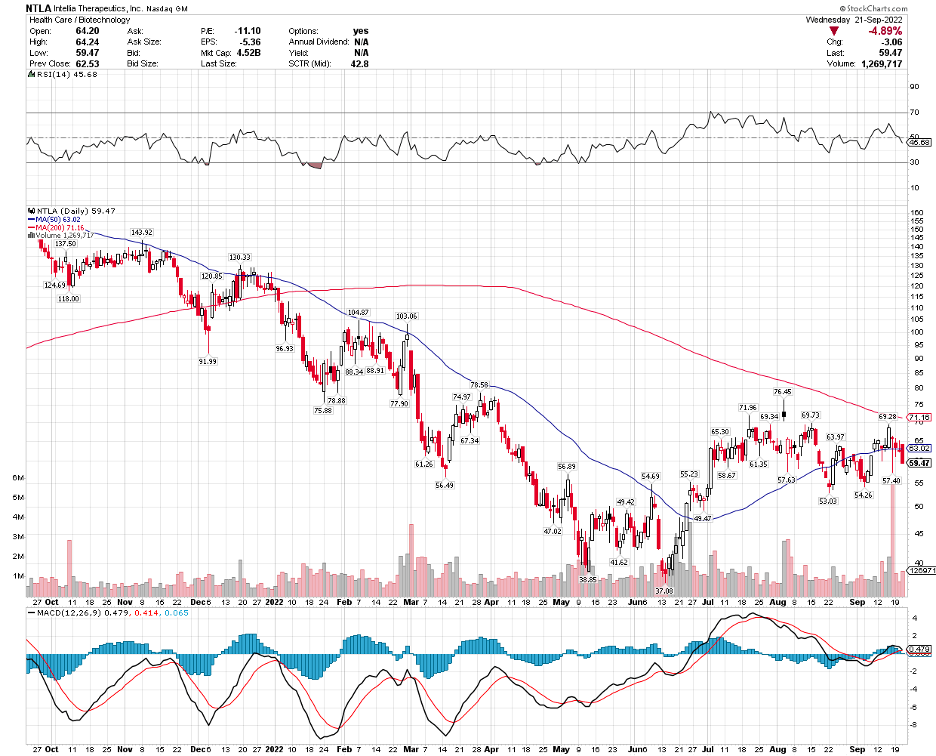
Mad Hedge Biotech and Healthcare Letter
April 21, 2022
Fiat Lux
Featured Trade:
LET’S GET READY TO RUMBLE)
(MRNA), (PFE), (BNTX), (AZN), (ABBV), (MRK), (BMY), (TAK), (GILD),
(SNY), (ALNY), (NVS), (REGN), (IONS), (GSK), (BIIB), (CRSP)

As we gradually reach the pinnacle of biotechnology formation, a war is brewing in the life sciences world.
This can be one of the most exciting times for medical innovations for patients. Meanwhile, investors can be picky when picking where to put their money.
Even up-and-coming scientists can seize the opportunities to lay the groundwork for their own dream organizations.
At the same time, those aspiring to climb the corporate ladder have better chances at becoming CEO without the need to slog through the biopharma sector and scramble for whatever opening is available.
However, as more and more companies launch practically every day, claiming to offer groundbreaking and revolutionary breakthroughs, it’s critical to keep in mind that not all biotechs will succeed.
Actually, the number of biotech companies has been steadily rising since 2015.
In that year, 177 firms were formed, with biotech birth rates breaching the 200-per-annum mark by 2017 and 2018.
Seeing as many more have emerged even during the pandemic, it looks like the biotech world won’t be slowing down anytime soon.
Even funding hasn’t been deterred by economic downturns.
From 2015 to 2018, the total funding for biotech companies averaged between $68.6 million to roughly $90.2 million.
After a bustling, record-breaking 2020, the bar leading to 2021 was expectedly high.
Surprisingly, 2021 blew those figures out of the water as private investors opted to raise the bar even higher.
It’s the type of climb that’s truly hard to believe.
Biotechs raised over $22 billion in private funds in 2020 following a sluggish 2019. In 2021, that figure rose to $28.5 billion.
The top earner in these funding rounds last year was China’s Abogen, which took $1 billion in private investors’ money across two rounds.
Abogen is an mRNA-centered firm that’s currently working on a COVID-19 vaccine.
What makes its product different and possibly better than Moderna (MRNA), Pfizer (PFE), BioNTech (BNTX), and AstraZeneca (AZN) is that it would be thermostable. That is, it could be used in areas without access to refrigeration.
Another big winner in 2021 is Massachusetts-based biotech ElevateBio, which aims to be a one-stop shop for cell and gene therapies.
The idea is to develop a technology that fuses its gene-editing platform, cell engineering structure, and manufacturing warehouse into one system to ease and accelerate the drug development process.
Although not entirely the same, this plan has similarities with the strategies of Big Pharma names like AbbVie (ABBV) and Merck (MRK).
Amid the growing number of biotechs, a key challenge is how to stand out among companies that target the same disease areas. This kind of competition could hamper innovation.
The clearest indicator of success would be receiving approval and being able to launch the products commercially.
Ultimately, the goals are to offer safe and effective treatments and provide value to their shareholders.
Unfortunately, the reality is only a handful of startups do make it all the way to the top.
The more feasible scenario is that bigger businesses would acquire these companies—and that seems to be the case these days.
Alongside the booming biotech formation rate are the increasingly aggressive biotech buyout deals.
We’ve seen this before.
It started in 2019, with Bristol Myers Squibb (BMY) buying Celgene, followed by AbbVie splurging on Allergan and Takeda (TAK) merging with Shire.
In 2020, AstraZeneca bought biotech superstar Alexion Pharmaceuticals while Gilead Sciences (GILD) snapped up Immunomedics.
Meanwhile, Sanofi (SNY) stacked its deck with the $3.2 billion acquisition of Translate Bio. As for Merck, this biopharma sneaked in a massive win with an $11.5 billion buyout of Acceleron.
For this year, several names have already been eyed by Big Pharmas.
There’s Alynlam Pharmaceuticals (ALNY), an RNA-centered company, which seems to be the target of both Novartis (NVS) and Regeneron (REGN).
Another RNA-focused company, Ionis Pharmaceuticals (IONS), appears to be a key target as well, with the likes of GlaxoSmithKline (GSK), Bayer, and even Biogen (BIIB) waiting for an opportunity to pounce.
After all, acquisitions form an integral lifeline of the biotech world. Huge businesses with the resources swoop up promising buyout candidates to bolster their own pipelines.
However, M&A isn’t the only option for biotechs. There’s also the path where they can seek companies with similar focus and consolidate to become larger and more competitive entities.
This has been the expected plan for CRISPR Therapeutics (CRSP) for a long time. Hence, it is no surprise if other biotechs with their own groundbreaking technologies decide to follow the same route.
Overall, the biotech industry is booming amid its recent struggles with the market.
The faster growth rate of companies can be attributed to more investors seeing the industry's potential and, of course, better access to technology and scientific advancement.
Moreover, the world has become more interested in the biotech world and what the industry can offer due to the pandemic.
COVID-19 has shone a light on this sector following the quick and effective results of the vaccines and treatments.
That is, people have finally caught on to the idea that there is an incredible opportunity in biotech.
While a correction is to be expected at some point, the critical thing to bear in mind is that great ideas will always generate funding no matter what.
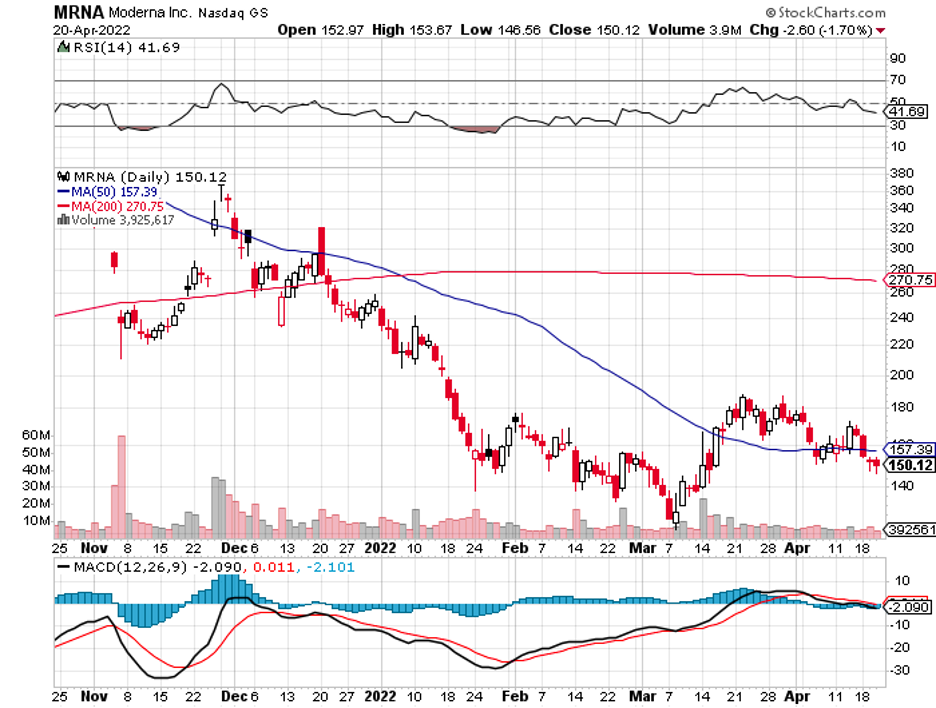

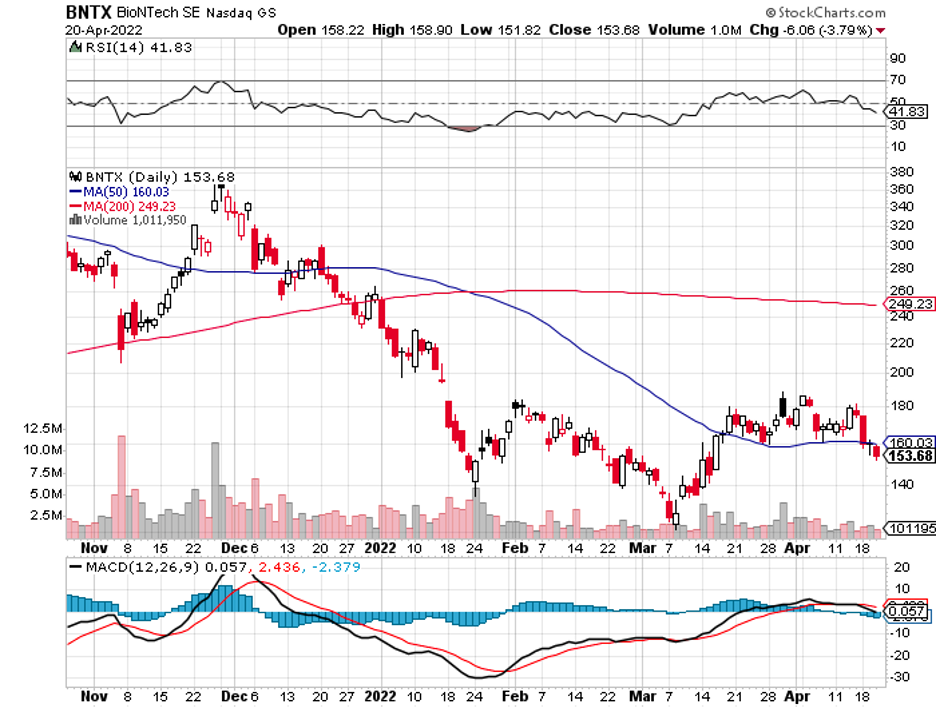
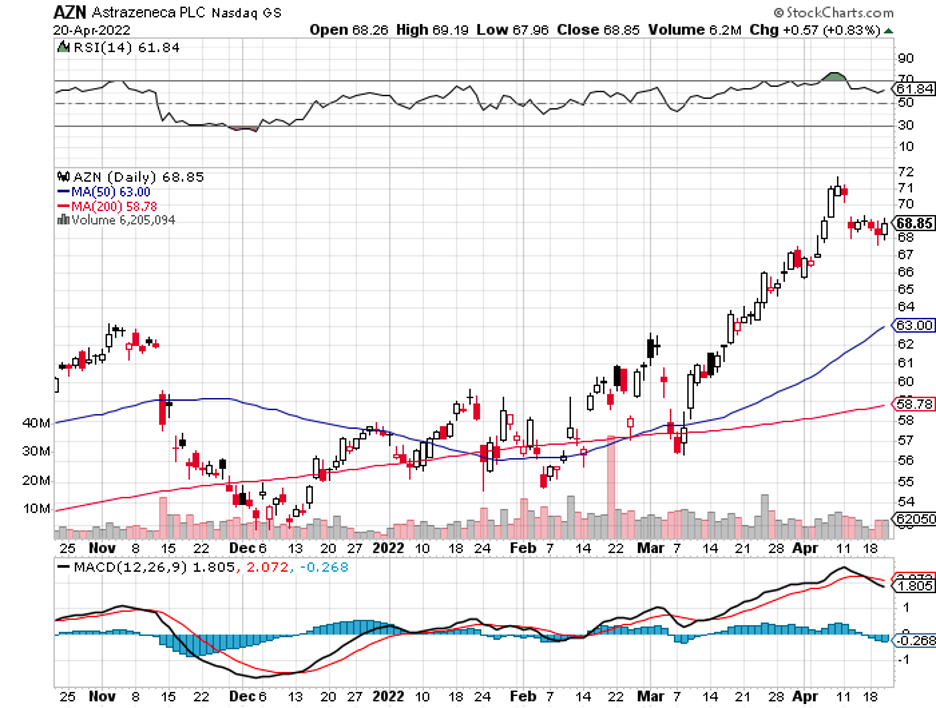
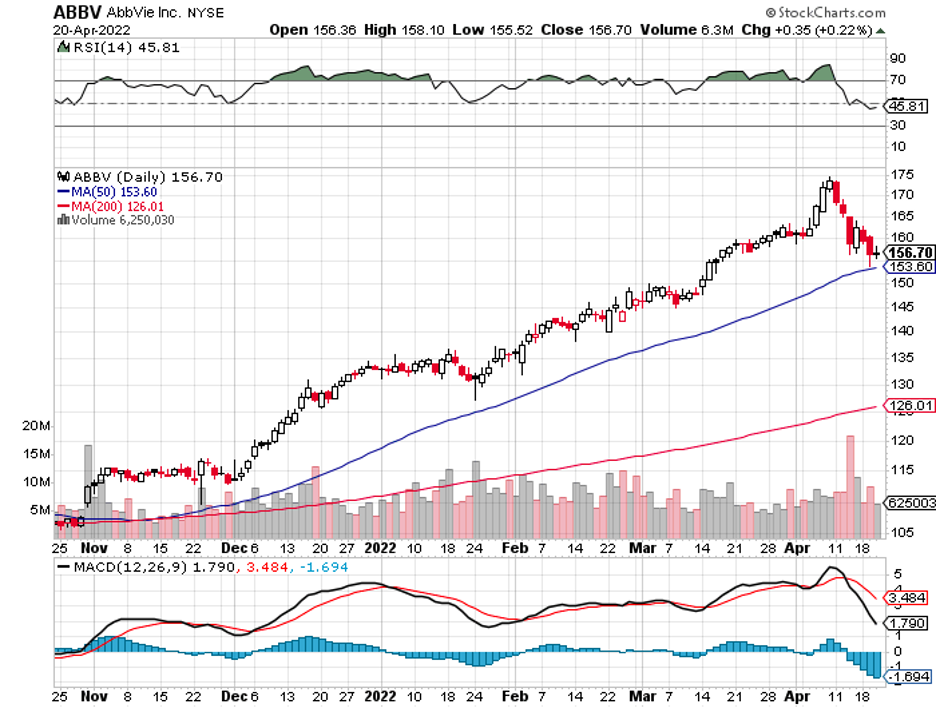
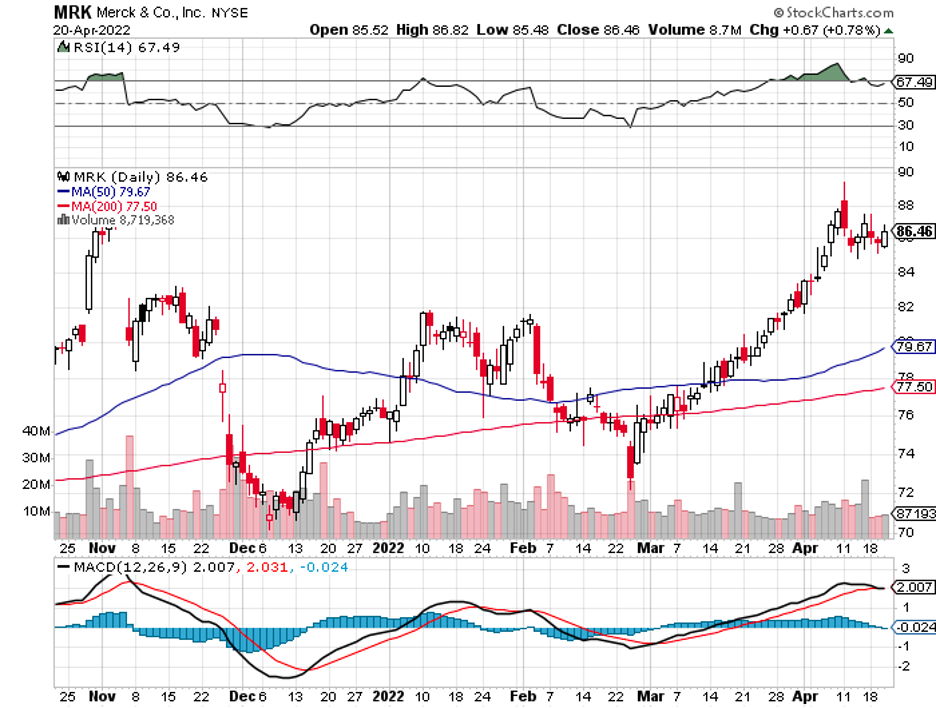
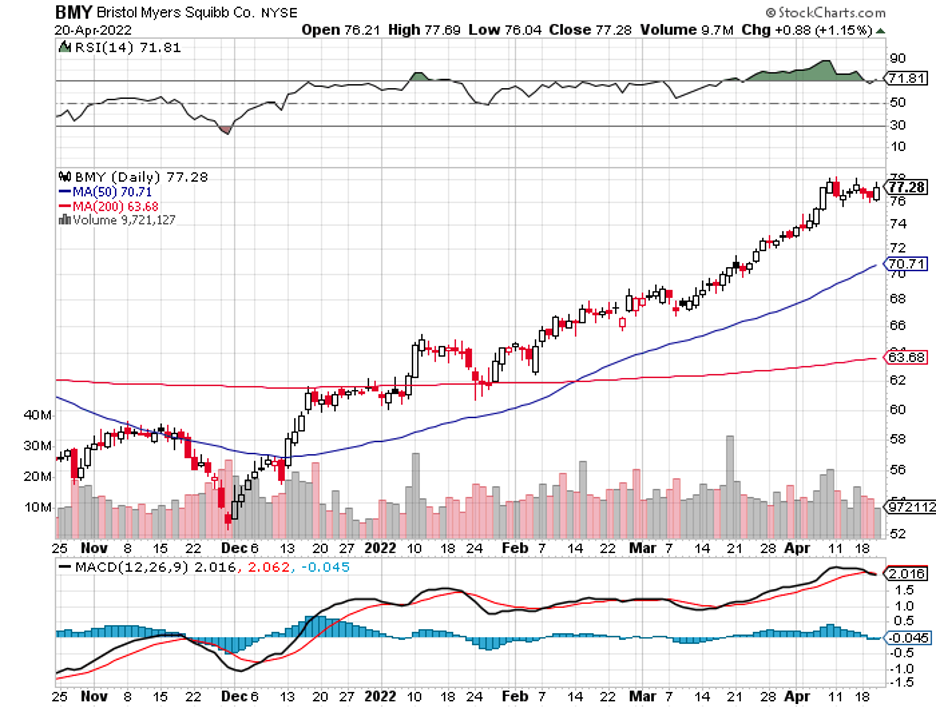
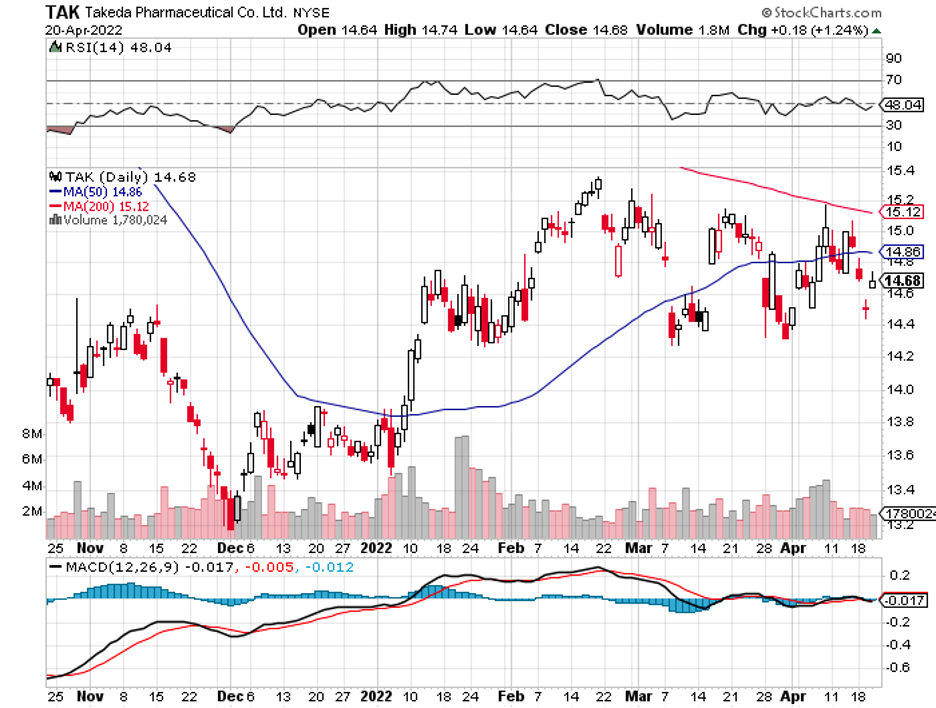
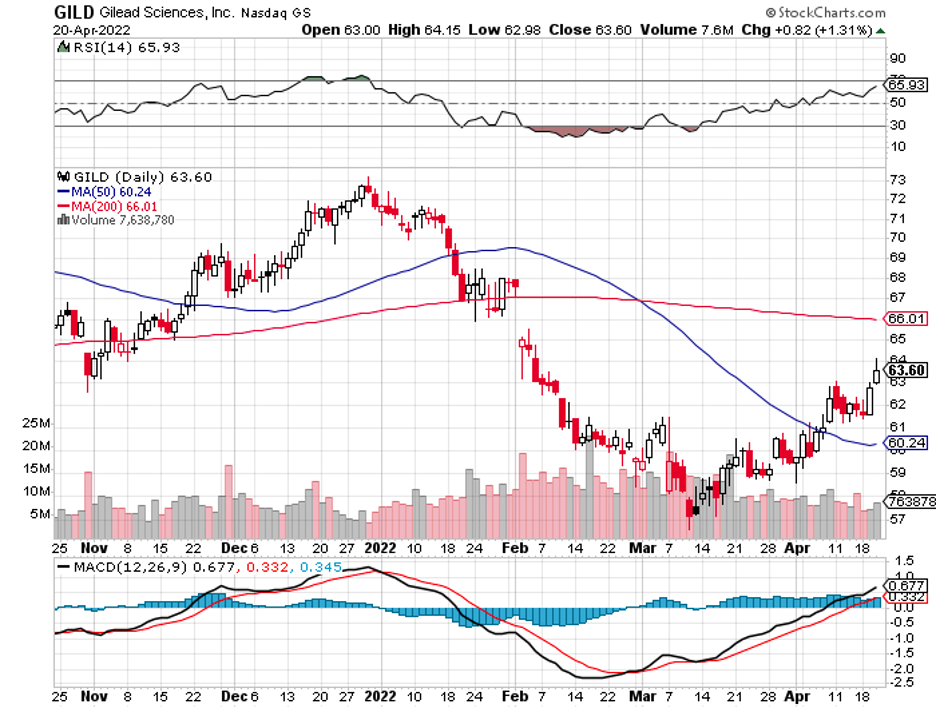
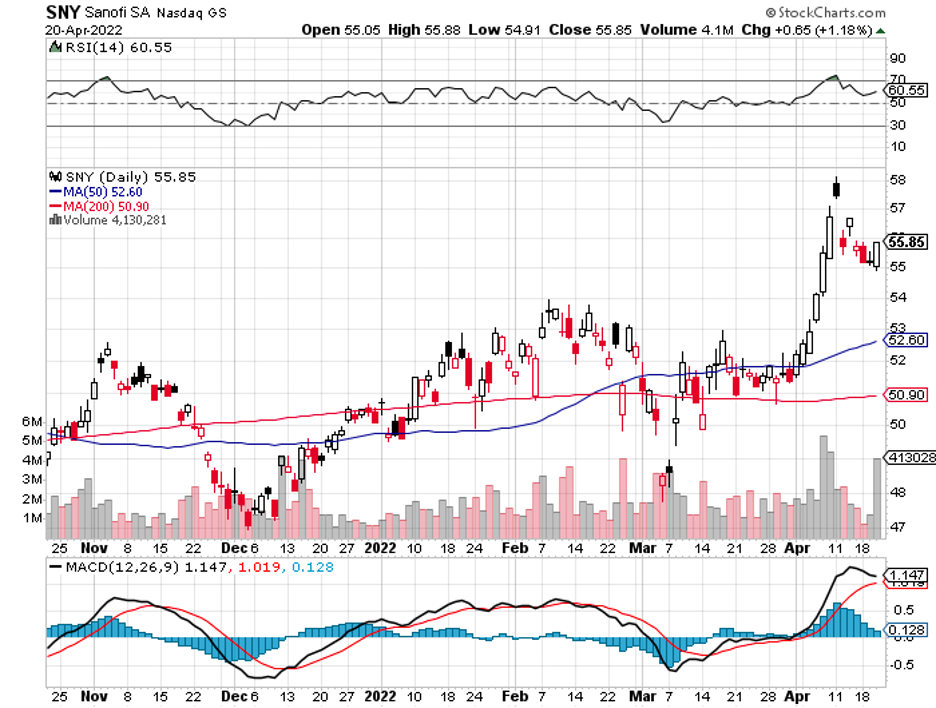
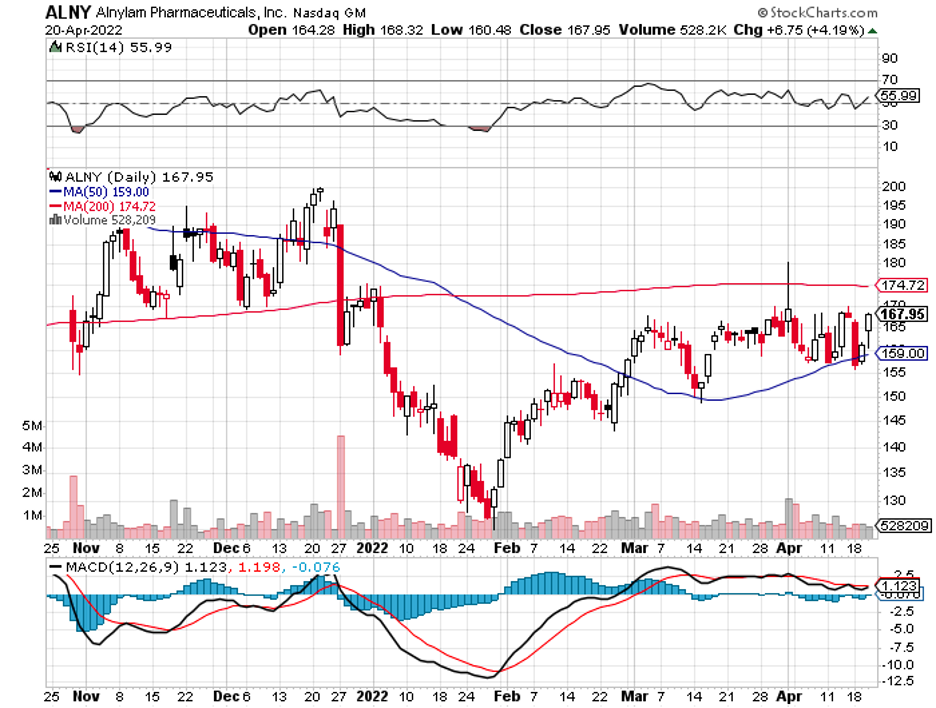

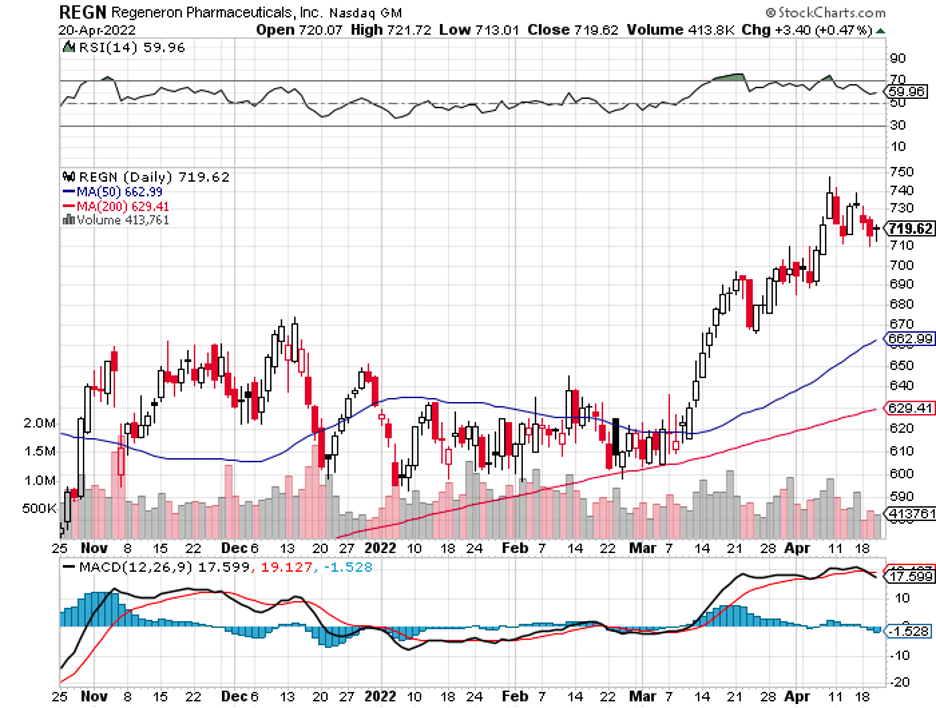
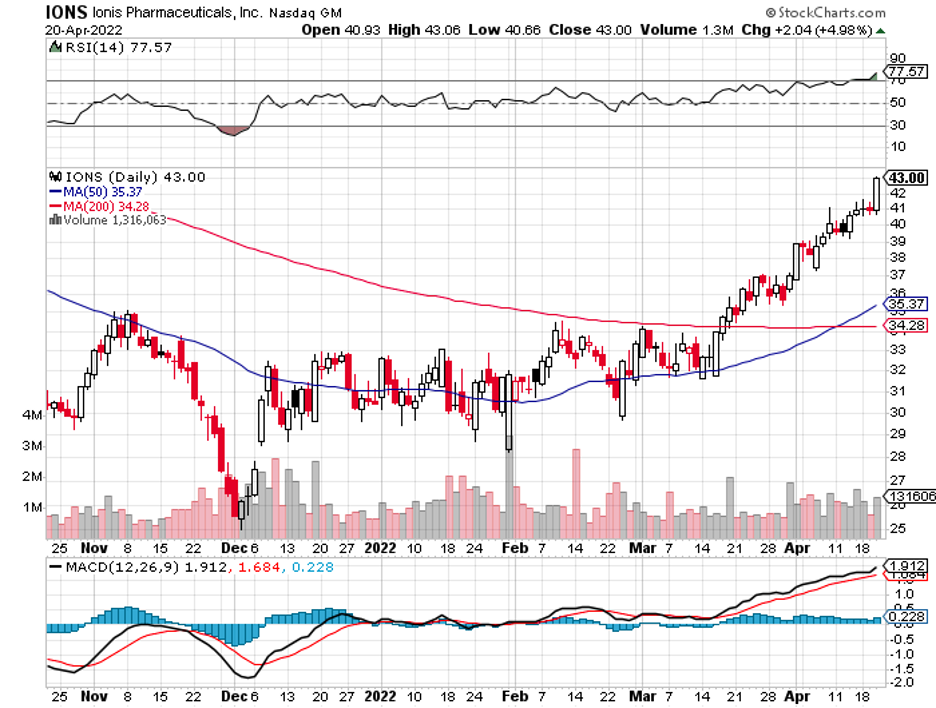
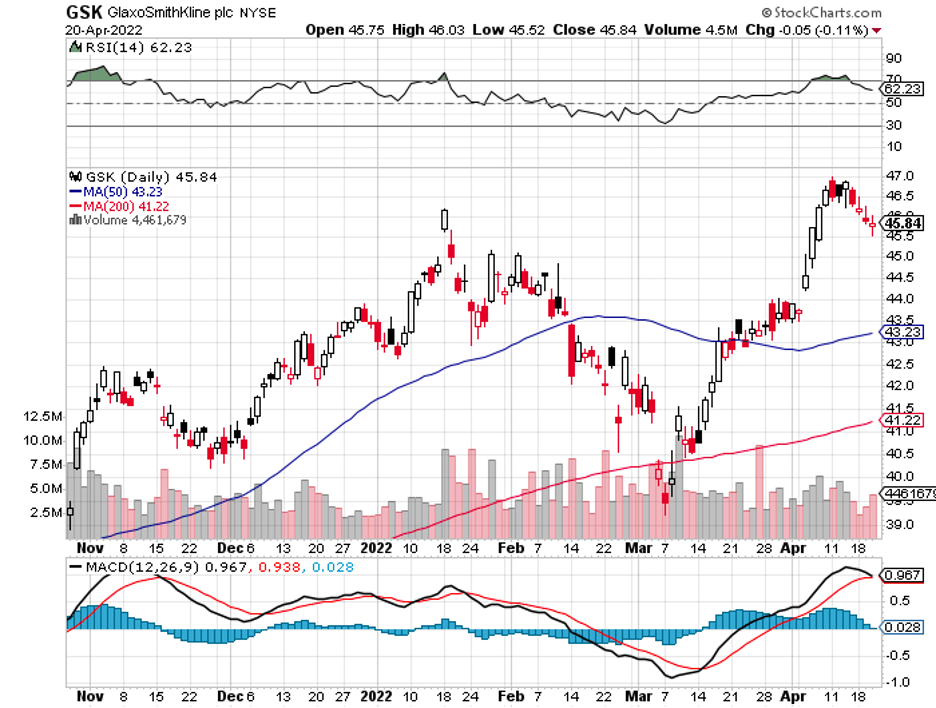
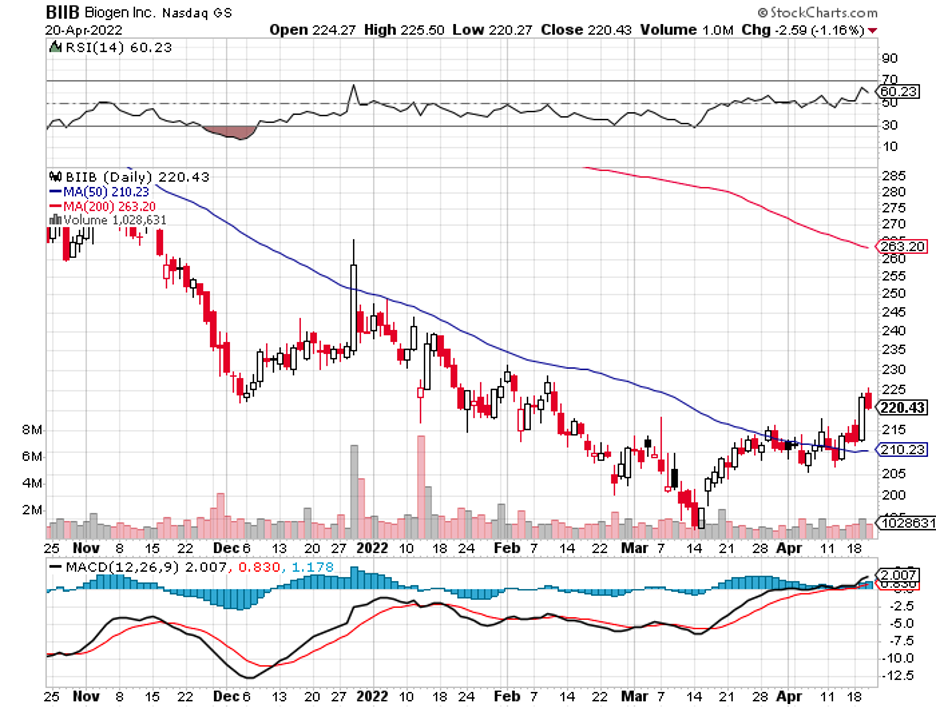
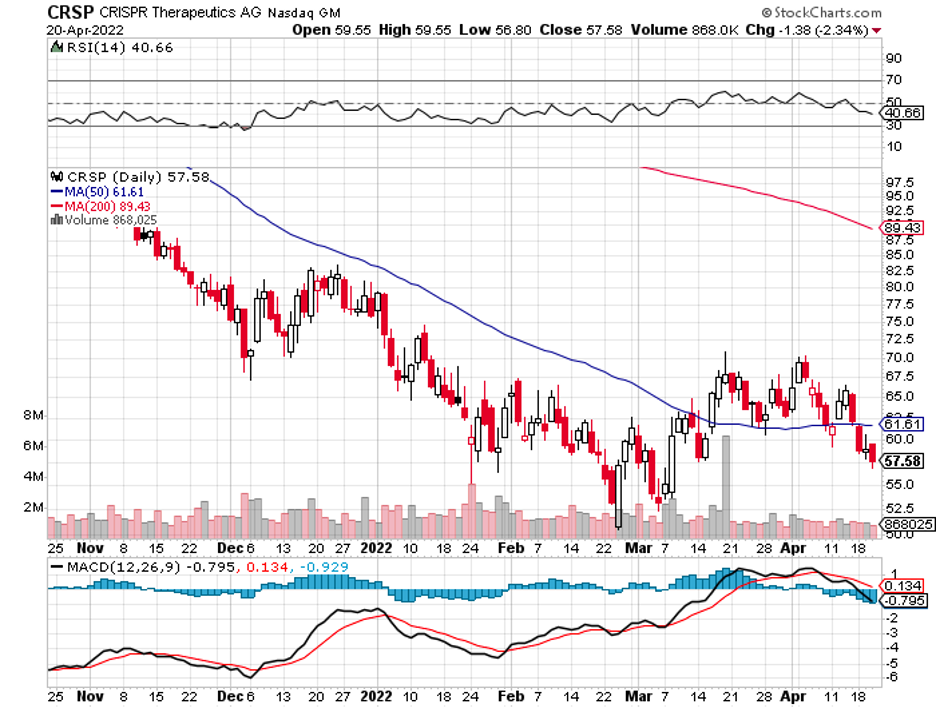
Mad Hedge Biotech and Healthcare Letter
February 1, 2022
Fiat Lux
Featured Trade:
(A SHIFT IN NEUROSCIENCE BIOTECH)
(BIIB), (AXSM), (PFE), (BMY), (MRK), (NVS), (ABBV), (GSK), (JNJ), (LLY), (RHHBY), (TAK)

Industry experts typically describe mergers and acquisitions as the life force that propels the biotechnology and healthcare sector forward.
Based on that description, it’s safe to say that the segment’s health has plummeted, considering the sluggishness observed last year.
In 2021, the M&A of this industry had fallen to one of its lowest recorded levels in history.
During this period, the deals only amounted to $108 billion for the entire year. This number was approximately 40% of the total recorded in 2019.
Despite the sluggishness in 2021 and the relatively slow start in 2022, this year is still projected to push the would-be buyers into more aggressive action.
After all, several key products are facing patent expiration before this decade ends.
The list includes Big Pharma players like Pfizer (PFE), Bristol Myers Squibb (BMY), Merck (MRK), and Novartis (NVS).
This means that a massive deal might be on the horizon, pretty much when AbbVie (ABBV) executed its jaw-dropping $63 bill acquisition of Allergan in 2019 following its problems with generics competing against its blockbuster drug Humira.
Aside from patent protection concerns, another factor in play is the intense competition in lucrative research sectors such as immunology, neurology, rare diseases, and oncology.
Add to this the constant pressure of Congress to pull down drug prices, and it becomes apparent why companies—big or small—turn to mergers and acquisitions for survival.
Simply put, biotech and healthcare companies have no other choice but to be aggressive in looking for external innovation to secure the continuous transformation of their businesses.
On that note, I think there could be major acquisitions to be announced in 2022.
One deal I’m looking forward to is Biogen’s (BIIB) potential acquisition of Axsome Therapeutics (AXSM).
To remain competitive in the neuro stage, Biogen must keep up with the times—and a deal with Axsome might just be the solution.
Axsome’s size and price, with a market capitalization of $992 million, appear to be just the right fit for Biogen to gobble up.
More importantly, its portfolio is an excellent fit for Biogen. Both focus on neurological diseases, making their pipelines complementary to each other.
So far, Axsome has several leading candidates in the clinical stages.
One is AXS-05, which is a treatment for major depressive disorder (MDD).
Apart from MDD, this candidate is under late-stage review to target Alzheimer’s disease agitation.
In addition, Axsome is looking to advance AXS-05 in late-stage trials for smoking cessation therapy.
Needless to say, AXS-05 would go hand in hand with Biogen’s own approved, albeit controversial, Alzheimer’s drug Aduhelm.
Another promising candidate is AXS-07, a potential competitor of Pfizer and Novartis’ migraine medication. This drug has been submitted for FDA approval and might be launched by the second quarter of 2022.
There’s also AXS-12, which is a narcolepsy treatment candidate, and AXS-14, which is geared towards fibromyalgia. Both candidates are slated for FDA review by the third or fourth quarter of 2022.
For over 20 years, even the biggest and most powerful drug companies have stayed away from working on treatments specifically for the brain and central nervous system (CNS).
That’s not surprising considering the sheer number of failed programs in neuroscience, pushing drugmakers to believe that we still don’t have sufficient data on the subject, so the money might be better spent elsewhere.
Nowadays, though, the CNS landscape is starting to shift.
GlaxoSmithKline (GSK) recently embarked on reviving its CNS program by striking a $700 million deal with a smaller biotechnology company called Alector.
Meanwhile, Pfizer and Novartis reached an agreement with Biohaven Pharmaceuticals for the latter’s migraine treatment and Parkinson’s drug.
Aside from these, Johnson & Johnson (JNJ), Eli Lilly (LLY), Roche (RHHBY), and Takeda (TAK) are anticipated to secure CNS-centered deals soon.
Despite the lower number of M&A deals last year, the volume of strategic collaborations in the neuroscience sector climbed by about 50% in 2021 compared to its 2020 performance.
By 2022, this space is projected to become even more investable, considering the number of biotechnology companies focusing on CNS. Watch out for blockbuster deals in this sector.
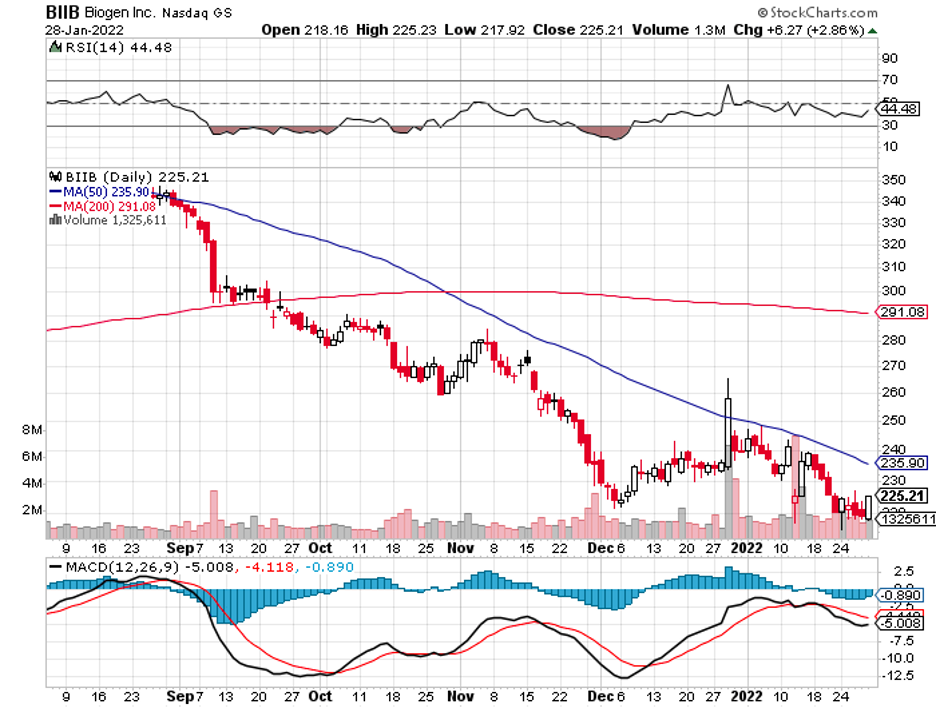
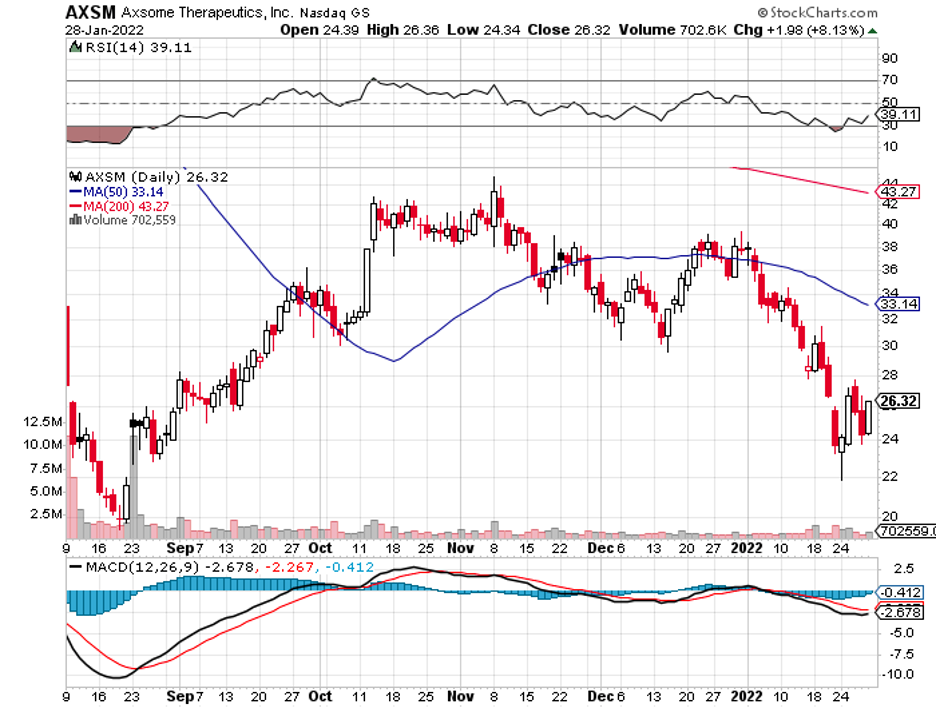
Mad Hedge Biotech and Healthcare Letter
January 25, 2022
Fiat Lux
Featured Trade:
(WHAT TO WATCH OUT FOR IN 2022)
(PFE), (BNTX), (AZN), (JNJ), (MRNA), (RHHBY), (RXRX), (TAK), (PSTX), (ZY), (DNA)

The past two years have been focused on finding solutions to end the COVID-19 pandemic.
More have been attempting to join Pfizer (PFE), BioNTech (BNTX), AstraZeneca (AZN), Johnson & Johnson (JNJ), and Moderna (MRNA) in sustaining and even boosting the momentum in terms of vaccine development and launch of new drugs in the market.
While the biotechnology and healthcare industry will still predictably have COVID-19 as one of its priorities, I can see a number of promising developments waiting to be unleashed to the public this year.
One is the expansion of mRNA applications to go beyond its potential as a coronavirus vaccine.
In the first three quarters of 2021, Moderna recorded $10.7 billion in sales for its mRNA vaccine while Pfizer-BioNTech raked in $39 billion—and these numbers are expected to soar even higher for 2022.
However, what’s more promising is that the pandemic revealed an undeniable and irrefutable fact: mRNA-based treatments could be administered safely and successfully to patients.
That discovery appears to have bolstered investor confidence in the technology, as an increasing number of RNA-based drug developers managed to lure hundreds of millions in terms of financing.
China’s Abogen Biosciences received over $700 million in its Series C round last August, while another RNA-focused biotech, Massachusetts-based Laronde, raked in $440 million in a Series B round during the same period.
Another technology on the rise is artificial intelligence (AI).
For years, AI has grown from science fiction tales to real-life applications. Lately, this segment has shown signs of finally coming up with a breakthrough.
In fact, something groundbreaking might arise in the healthcare world courtesy of Roche (RHHBY) and its Genentech subsidiary.
After all, these two became the talk of the industry in December 2021 when they committed roughly $12 billion in exchange for access to the revolutionary operating system of Recursion Pharmaceuticals (RXRX).
Ultimately, the collaboration aims to come up with advanced treatments—40 programs in total—for various conditions, focusing on neuroscience and oncology.
Aside from mRNA and AI, another sector that’s expected to rally this year is the cell and gene therapy segment.
So far, more capital has poured into this area and a growing number of programs are entering Phase 3 trials.
In the first six months of 2021 alone, gene therapy companies raised approximately $6.4 billion in funding and queued 376 trials.
This notably surpassed 2020’s performance, which recorded $2.2 billion and 359 trials.
By the second half of 2021, big money started to come in with billion-dollar partnerships cropping up everywhere.
These included Takeda Pharmaceutical’s (TAK) collaboration with Poseida Therapeutics (PSTX), worth roughly $3.6 billion, as well as Roche’s partnership with Washington’s Shape Therapeutics at $3 billion.
On top of these exciting breakthroughs is another exciting development: synthetic biology.
In the first six months of 2021, the synthetic biology segment attracted about $8.9 billion in venture funding.
To top it off, the sector managed to launch two successful IPOs last year: Zymergen (ZY) and Ginkgo Bioworks (DNA).
Considering the growing momentum in this field, synthetic biology is anticipated to remain on track and achieve full-scale marketing and manufacturing across many applications. These can span from essential medicines to even various foods such as dairy and meat.
Although the biotechnology and healthcare sector struggled in the past months, it’s undeniable that the market still has faith in the industry’s future and potential.
In fact, investors showered the biotechnology segment with a record-breaking $24 billion in terms of venture capital in the first three quarters of 2021, exceeding the $20 billion total generated in 2020.
Throughout the years, biotechnology has transformed from a restrictive academic enterprise into a booming industry with real-world applications.
Looking at the history and trajectory of this sector, I can say that the trend will continue into 2022 and beyond.
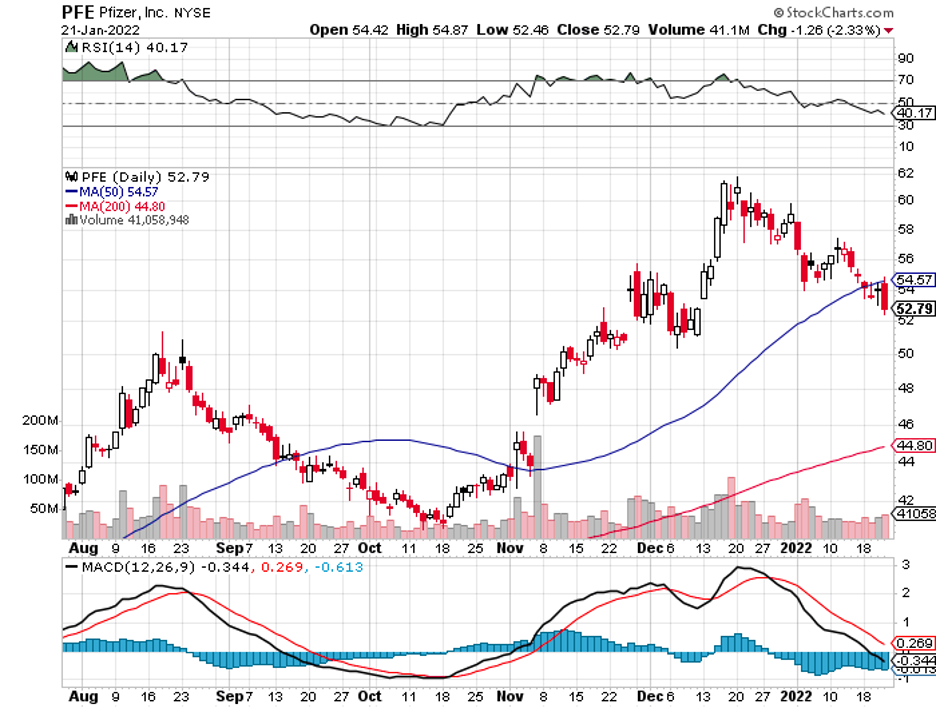
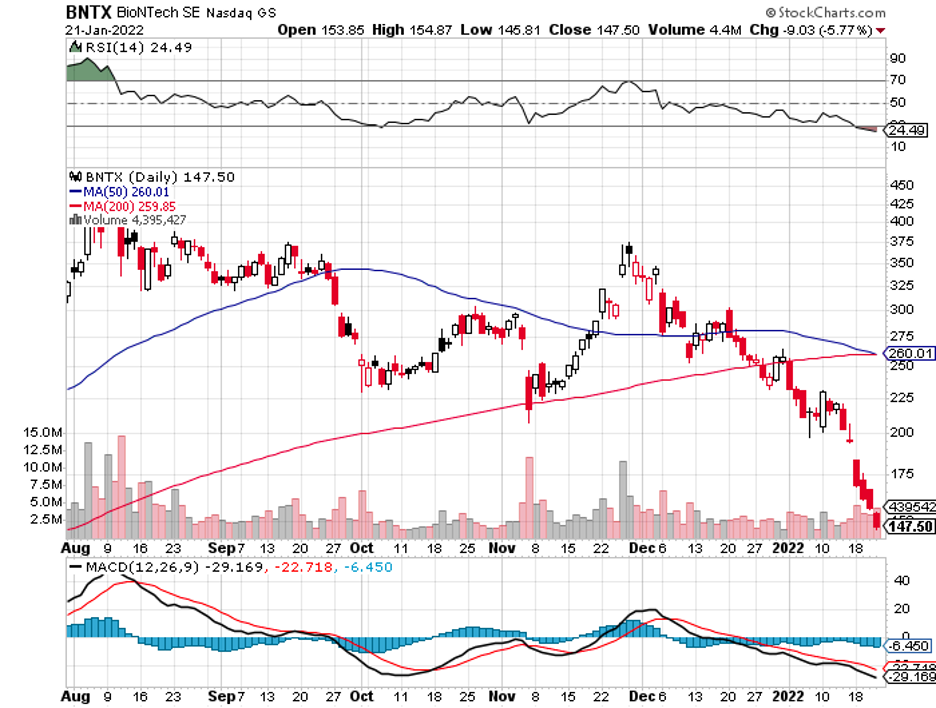
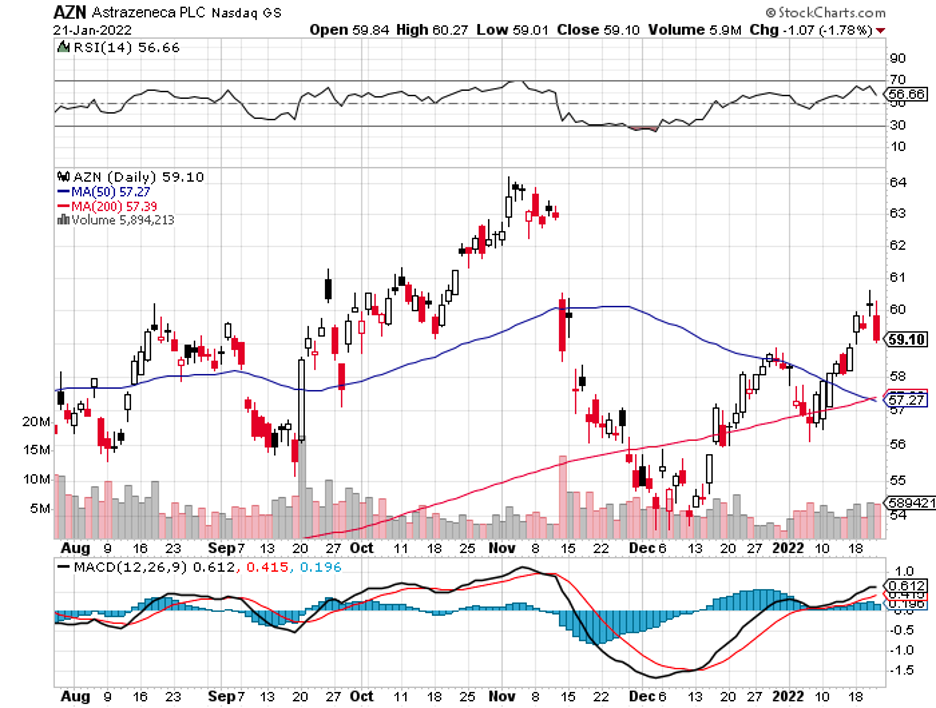
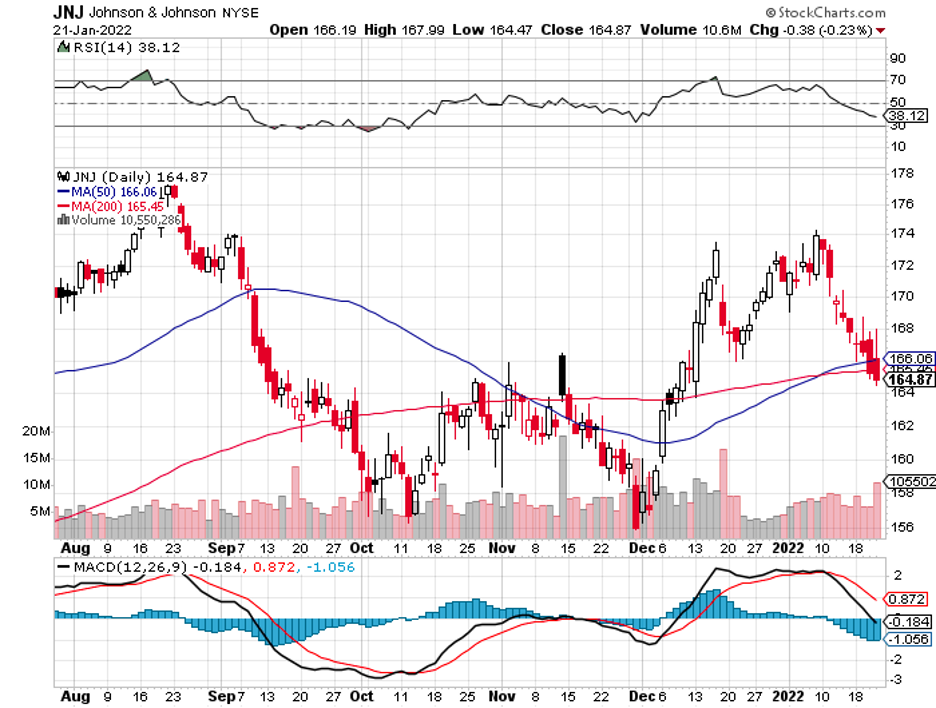
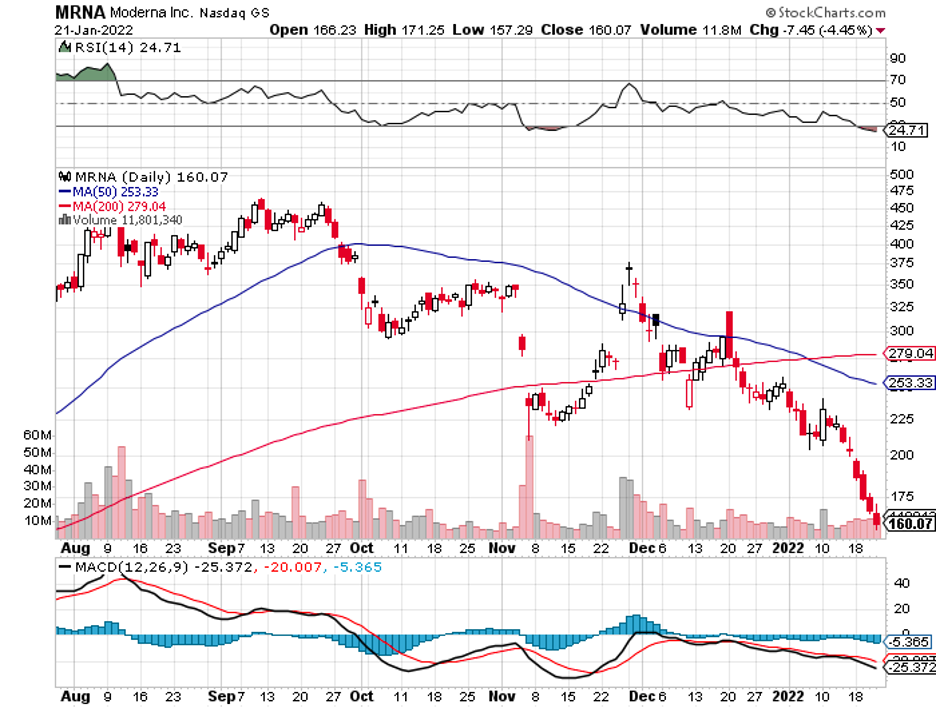
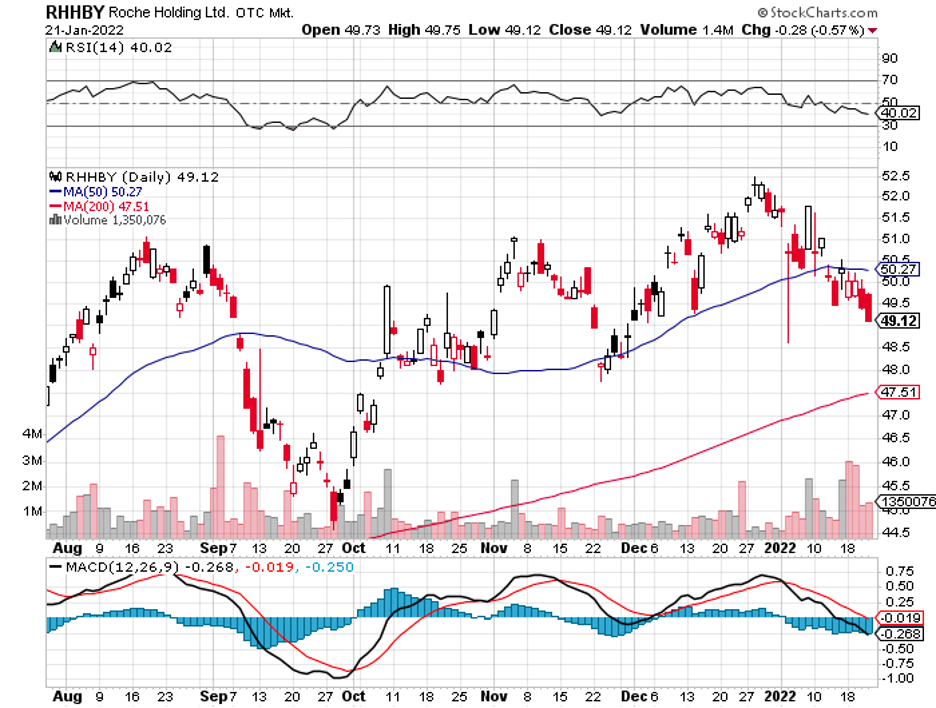
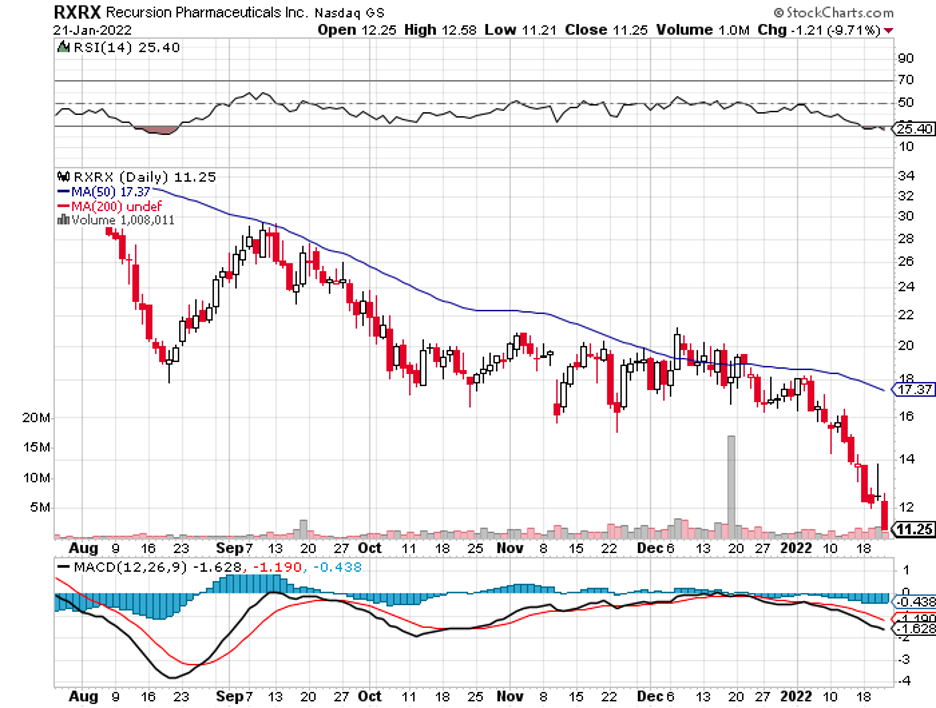
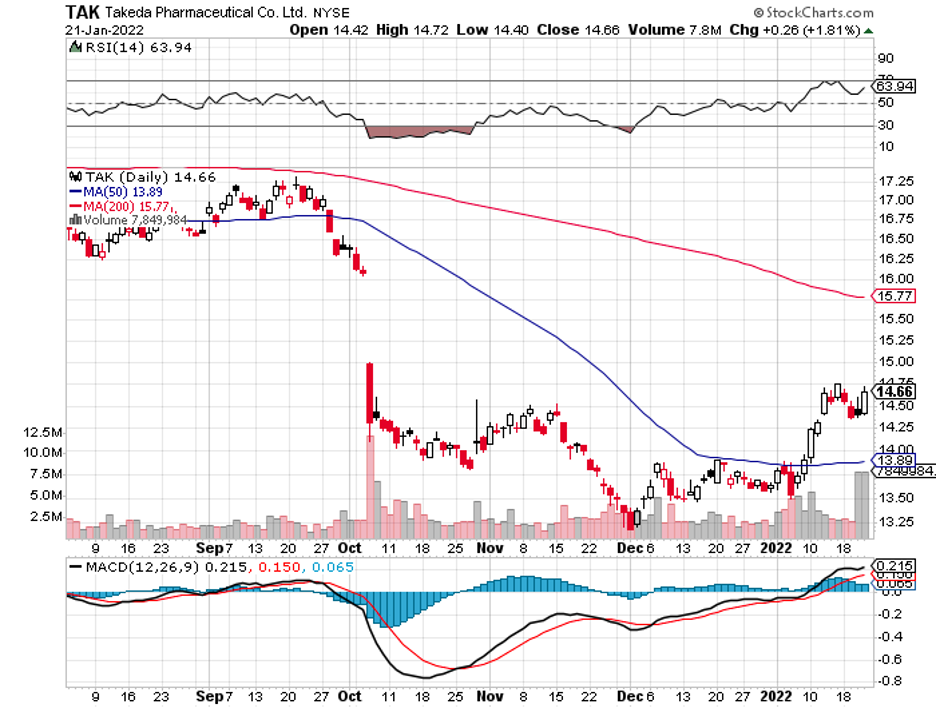
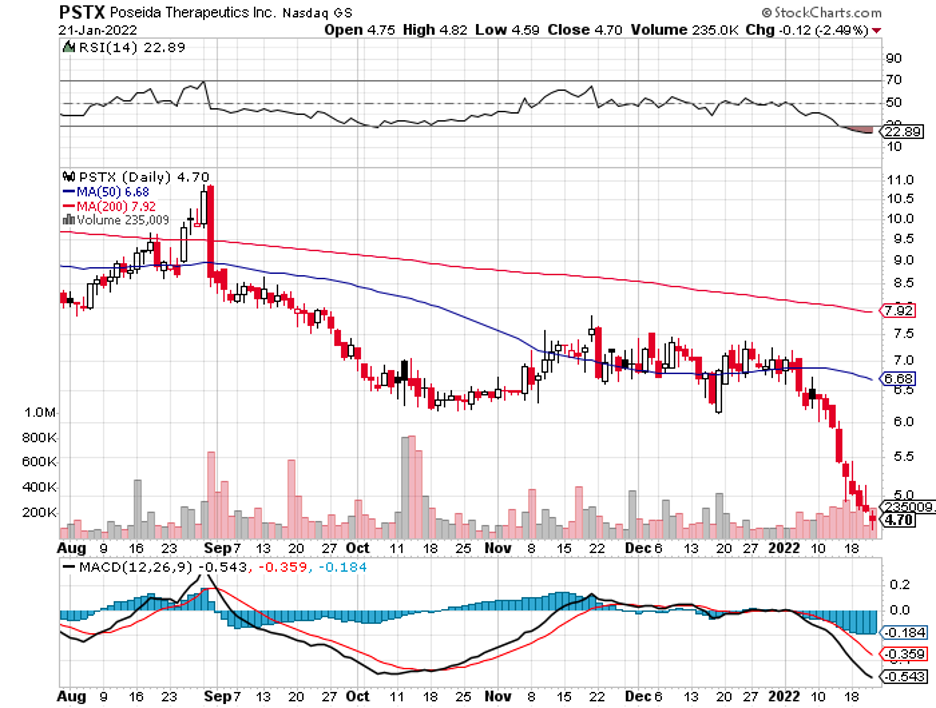
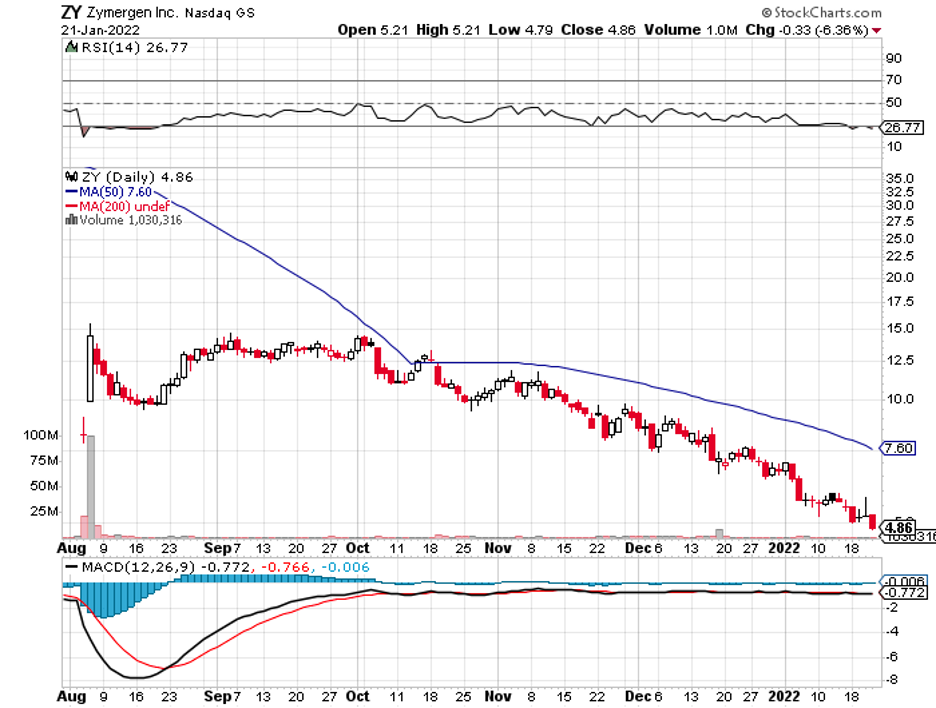
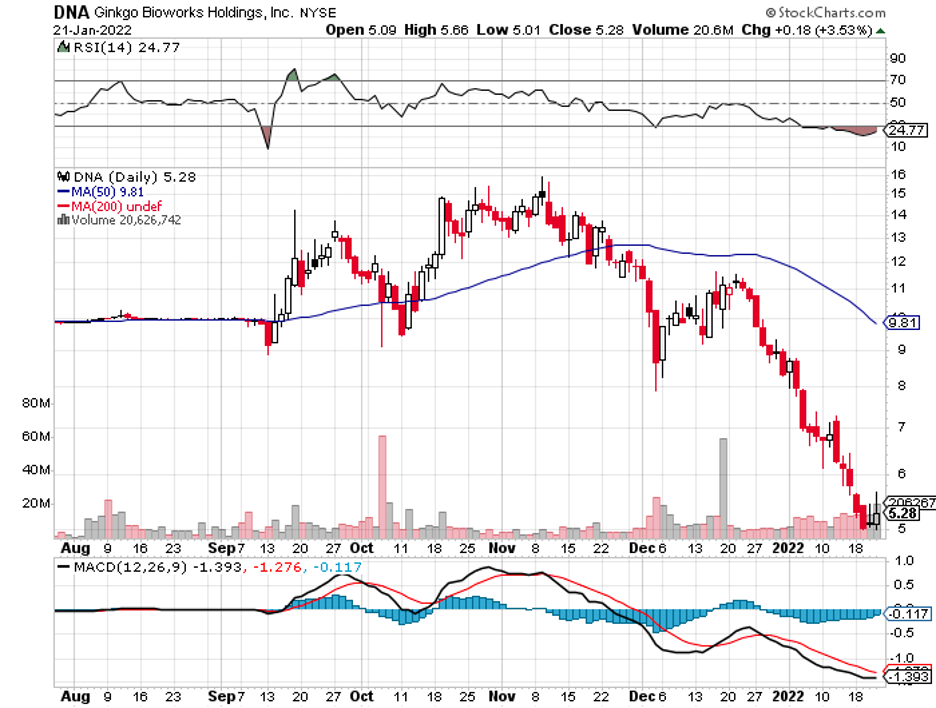
Legal Disclaimer
There is a very high degree of risk involved in trading. Past results are not indicative of future returns. MadHedgeFundTrader.com and all individuals affiliated with this site assume no responsibilities for your trading and investment results. The indicators, strategies, columns, articles and all other features are for educational purposes only and should not be construed as investment advice. Information for futures trading observations are obtained from sources believed to be reliable, but we do not warrant its completeness or accuracy, or warrant any results from the use of the information. Your use of the trading observations is entirely at your own risk and it is your sole responsibility to evaluate the accuracy, completeness and usefulness of the information. You must assess the risk of any trade with your broker and make your own independent decisions regarding any securities mentioned herein. Affiliates of MadHedgeFundTrader.com may have a position or effect transactions in the securities described herein (or options thereon) and/or otherwise employ trading strategies that may be consistent or inconsistent with the provided strategies.
This site uses cookies. By continuing to browse the site, you are agreeing to our use of cookies.
OKLearn moreWe may request cookies to be set on your device. We use cookies to let us know when you visit our websites, how you interact with us, to enrich your user experience, and to customize your relationship with our website.
Click on the different category headings to find out more. You can also change some of your preferences. Note that blocking some types of cookies may impact your experience on our websites and the services we are able to offer.
These cookies are strictly necessary to provide you with services available through our website and to use some of its features.
Because these cookies are strictly necessary to deliver the website, refuseing them will have impact how our site functions. You always can block or delete cookies by changing your browser settings and force blocking all cookies on this website. But this will always prompt you to accept/refuse cookies when revisiting our site.
We fully respect if you want to refuse cookies but to avoid asking you again and again kindly allow us to store a cookie for that. You are free to opt out any time or opt in for other cookies to get a better experience. If you refuse cookies we will remove all set cookies in our domain.
We provide you with a list of stored cookies on your computer in our domain so you can check what we stored. Due to security reasons we are not able to show or modify cookies from other domains. You can check these in your browser security settings.
These cookies collect information that is used either in aggregate form to help us understand how our website is being used or how effective our marketing campaigns are, or to help us customize our website and application for you in order to enhance your experience.
If you do not want that we track your visist to our site you can disable tracking in your browser here:
We also use different external services like Google Webfonts, Google Maps, and external Video providers. Since these providers may collect personal data like your IP address we allow you to block them here. Please be aware that this might heavily reduce the functionality and appearance of our site. Changes will take effect once you reload the page.
Google Webfont Settings:
Google Map Settings:
Vimeo and Youtube video embeds:
